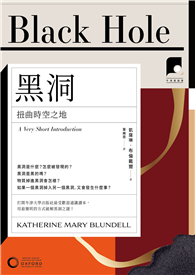This work examines the way in which prominence--a perceptual feature that is highlighted by speakers as being important through prosodic, syntactic, and semantic cues--is marked and perceived in Japanese. Drawing on extensive quantitative data, the authors argue that Japanese, unlike non-agglutinative languages, marks prominence on content words as well as function morphemes, that local F0 boost and boundary pitch movement (BPM) are the cues to mark prominence, that the domain of the focal prominence differs on which cue it is loaded with, and that BPM is possibly aligned to function morphemes and invokes a pragmatic implicature.
| FindBook |
|
有 14 項符合
Mizuguchi的圖書,這是第 2 頁 |
 |
$ 5400 | Prominence in a Pitch Language: The Production and Perception of Japanese
作者:Mizuguchi 出版社:Lexington Books 出版日期:2023-06-21 語言:英文 規格:精裝 / 156頁 / 普通級/ 初版  看圖書介紹 看圖書介紹
|
 |
$ 90 電子書 | My Not-So-Fair Lady is Doomed! (But Not If I Can Help It) #003
作者:KIRI KOMORI,TOO MIZUGUCHI,momoshiki |
|
|
圖書介紹 - 資料來源:博客來 評分:
圖書名稱:Prominence in a Pitch Language: The Production and Perception of Japanese
|




![失智症照護指南[經典暢銷增訂版] 失智症照護指南[經典暢銷增訂版]](https://cdn.kingstone.com.tw/book/images/product/20141/2014150562736/2014150562736m.jpg?Q=e3fc9)





